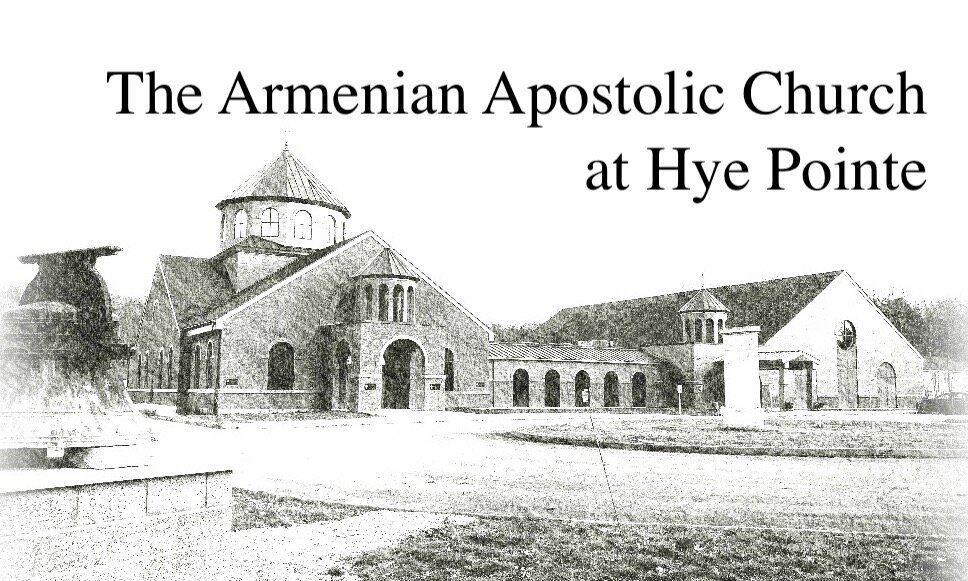Divine Liturgy
The Divine Liturgy is the main worship service of the Armenian Church. But the Badarak, as we call it in Armenian, is much more than that. It provides the most intimate encounter we can have with God in this life. In the Divine Liturgy, Jesus Christ, the Son of God, comes to his people—to you and me—in two forms: First, by his Word, in the reading of the holy Gospel; and second, by his holy Body and Blood, in Holy Communion. These two actions—the reading of the Word of God, and the reception of Holy Communion—are the two pillars or building blocks of the Divine Liturgy in all ancient, apostolic churches. Supported by these two pillars is a magnificent structure of words, music, symbols, and rituals. For those unfamiliar with it, the Divine Liturgy can seem like a bewildering array of disjointed movements and rituals, and arcane theological terminology. The complex interplay of the celebrant priest, the deacons, the other altar servers, the choir, and the people might lead one to overlook the logic and purpose of the Divine Liturgy, and to miss its very real benefits. Back in the 10th century, the great Armenian theologian Khosrov Antsevatsi eloquently described the importance of the Divine Liturgy when he wrote: “Since those who confess and show repentance receive atonement by means of the Holy Mystery [the Badarak], and are reunited to Christ in order to become for Him Body and members, we should be eager for the great medicine.” The Divine Liturgy is the great medicine that provides true meaning and direction for our lives. It offers the peace and solace that only God can give—a free gift no less—in an age when so many people are searching, and spending millions of dollars in vain to find personal stability and security.


